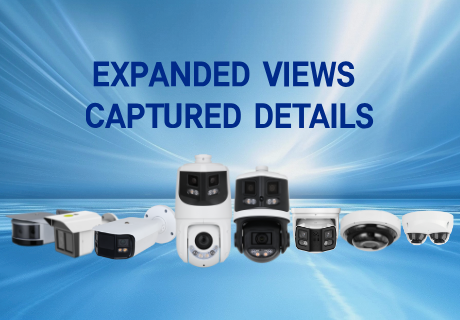When it comes to monitoring systems, the all-in-one design offers a range of benefits that can greatly enhance the efficiency and effectiveness of monitoring processes. From enlarged monitoring coverage to multiple AI capabilities and cost reduction, this design is revolutionizing the way monitoring is conducted.
What is All-in-One Design?
An all-in-one design refers to a monitoring system that integrates multiple functions into a single device. This design eliminates the need for separate components and streamlines the monitoring process, making it more efficient and user-friendly.
Enlarged Monitoring Coverage
One of the key benefits of an all-in-one design is the ability to provide enlarged monitoring coverage. By integrating multiple functions into a single device, monitoring systems can cover a wider area and capture more data points, leading to more comprehensive and accurate monitoring results.
Multiple AI Capabilities
Another advantage of all-in-one design is the incorporation of multiple AI capabilities. These systems are equipped with advanced artificial intelligence algorithms that can analyze data in real-time, identify patterns, and predict potential issues. This not only enhances the accuracy of monitoring but also enables proactive maintenance and troubleshooting.
Cost Reduction
Implementing an all-in-one design can also lead to cost reduction for organizations. By consolidating multiple functions into a single device, companies can save on equipment costs, installation expenses, and maintenance fees. Additionally, the efficiency of these systems can result in lower operational costs and improved resource allocation.
Overall, the all-in-one design offers a comprehensive solution for monitoring needs, with benefits ranging from enlarged monitoring coverage to multiple AI capabilities and cost reduction. By embracing this innovative design, organizations can enhance their monitoring processes, improve decision-making, and achieve greater operational efficiency.

